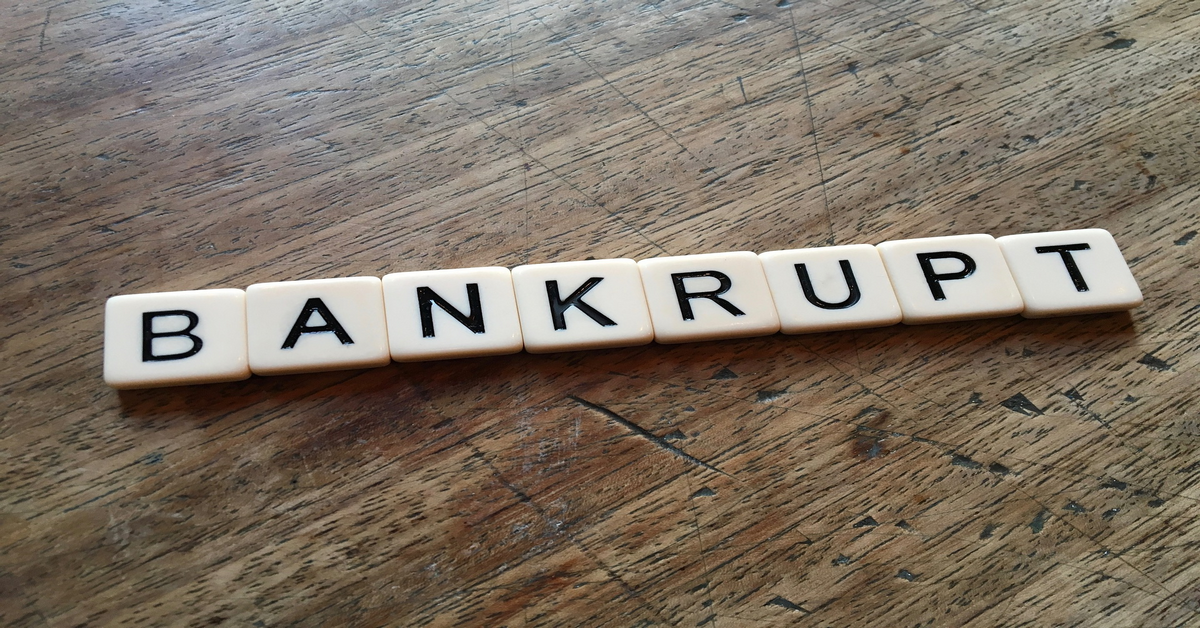Among the most difficult choices that it is possible to face is whether or not to file for insolvency. For individuals, there are essentially two types of bankruptcy, including Chapter 7 and Chapter 13. Designed to give the filer a new start in life by wiping out specific loans, a Chapter 7 bankruptcy may rid the filer of credit card and other unsecured debt. A chapter 13 bankruptcy, on the other hand, is an court-approved payment plan in which the filer must refund a predetermined proportion of their debt. The conclusion of which chapter to document will be contingent upon the filers disposable earnings, if any, after paying their monthly bills.
When lots of people file for bankruptcy, their first thoughts are of their assets and whether or not they can lose their property. In a Chapter 13 repayment plan, the majority of filers are permitted to maintain their home in exchange for repaying a portion of their debts. A 7, however, was made to be a liquidation process that frequently contributes to the sale of property. Which land is non-exempt at a bankruptcy proceeding? Every state has its own laws pertaining to the amount of property that an individual or married couple could maintain without having to fret about it being liquidated.
The official bankruptcy process starts upon filing a petition with the local bankruptcy court. This can be accomplished separately, also called pro se, or with the assistance of an attorney. For many, selecting an attorney is the best approach to make sure that every form is completed accurately and so as to make sure their assets are safeguarded as much as you can. Prior to the filing of a bankruptcy petition, the court will assign a citizenship into the situation and will specify a date for a meeting of the plaintiff. Although creditors of the filer are encouraged to attend, they aren’t required to achieve that. The filer, however, is necessary to attend and can be challenged by the prosecution, under oath, while having the assembly recorded. This assembly is generally the only look required of the filer unless special conditions are found.
After the Meeting of the lien, frequently referred to as the 341 meeting, the creditors could have 30 days to object to the filers property exemptions and the following 30 days to object to the discharge if the filing is a Chapter 7 bankruptcy. In a Chapter 13 proceedings, creditors might object to the payment plan however the discharge will not be allowed until the payment plan is complete. A Chapter 13 bankruptcy may last for as much as 5 years before the obligations are completed and a discharge will be issued. Observing the discharge, the bankruptcy case will be closed and the process will be more whole.
This article will be utilized for informational purposes only. It should not be used as, instead of or together with professional legal information concerning bankruptcy. Anybody who is contemplating filing a petition for either private or business bankruptcy needs to consult a licensed attorney in their field for extra information and/or legal information.








Customer Reviews
Thanks for submitting your comment!